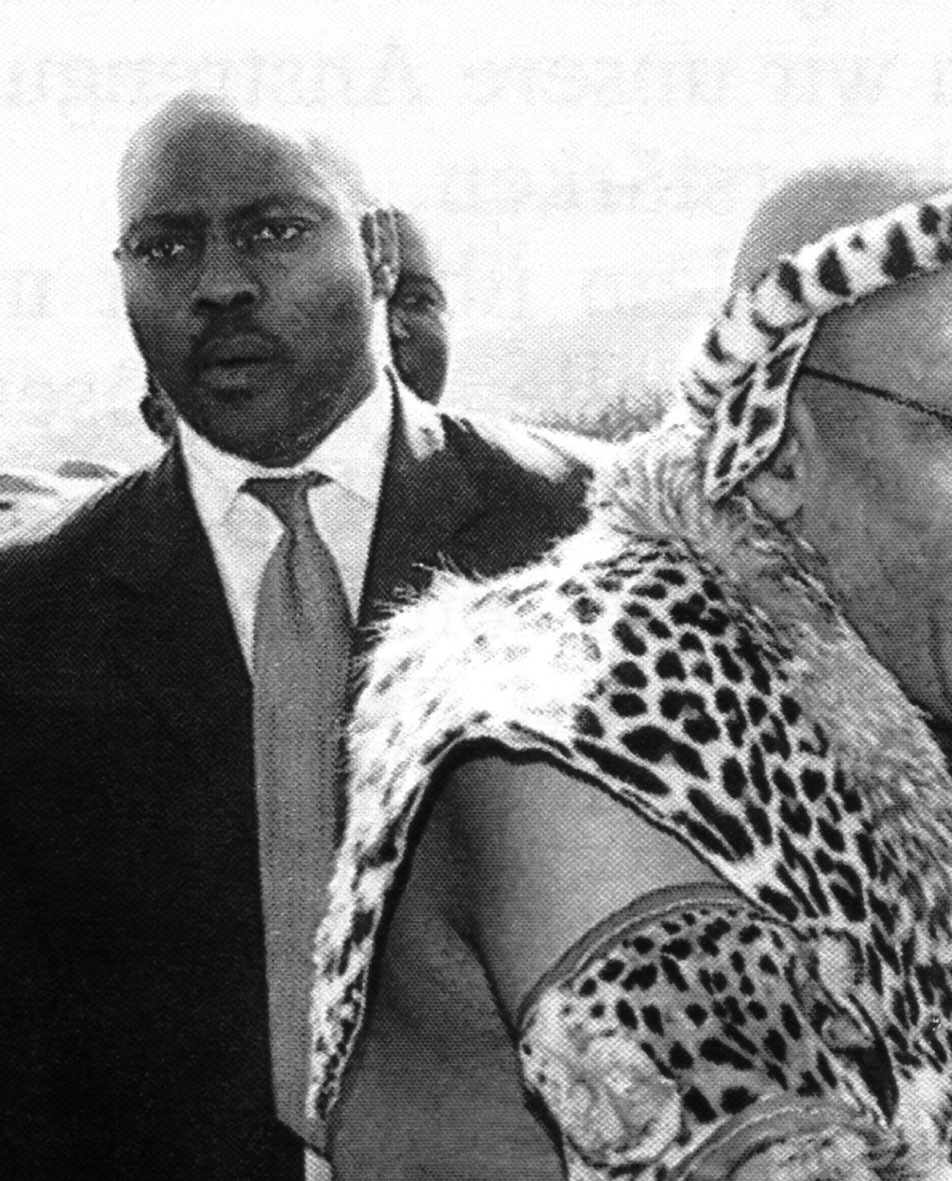
Viktoria BinschtokSuspicious Minds
Viktoria Binschtok finds her motives in public space applying equally her own as well as found photographic material. Following her intuition she seeks and finds symmetries of collective behavior patterns of everyday life, whose existence otherwise seems to go unnoticed. One crucial aspect of her artistic work is to recognize ritualized actions of human beings. Only by the subjective sequencing of single observations to a series contexts reveal that all of a sudden render meaning to ostensibly trivial situations.
The exhibition Suspicious Minds puts its focus on men that lead in reality – apart from their function – a life in the periphery. Viktoria Binschtok deals with the amassed depictions of state receptions, public announcements and speeches. When one takes a close look on the press pictures of the mighty of this world, one can actually discover a remarkable parallelism: there is at least one man behind every politician that guards him or her. Especially in times of constant terror threat and enforced security control, this is a more and more common picture. These poker-faced, well-dressed men act inconspicuously in the back. It is striking how much they resemble each other in their attempt to disclose the putative mistake in the system. They are encircled by an aura of absence and at the same time most possible tension and concentration. Their facial expression seems totally indifferent and hence enforces the focus on their stereotypical gestures and postures.
In Suspicious Minds Viktoria Binschtok extracts the respective persons from their original context of a press picture. She selects section, point of view and image formation in a way that their faces look at the viewer in real life-size; yet, it remains unclear where and in which context the picture was taken. Only familiar details from our collective visual memory point to nameable persons or situations. These newly generated pictures examine very precisely the aspect of authenticity in photographic depictions – to which the steady presence of the printing grid refers – and, moreover, enables an unknown proximity to the subjects. In reality this would inevitably make the above-mentioned system collapse.
The aspect of proximity joins another facet of Suspicious Minds: by eliciting information from the pictures that may be placed in the image but are only perceived by her intervention, Binschtok raises the question of ‘what can we see in the pictures and what transcends them?’ Here, the formal particularity of the series conflates with the content; what one can see are the already mentioned facial expressions of the bodyguards, but being so immersed in their tasks they actually seem to disclose an insight into their mental states. Binschtok does not reach this transcendence by magnifying the pictures or rather by ‘adding a narration’ to them; their effect rather results from the discovery and astounding visualization of given facts.











